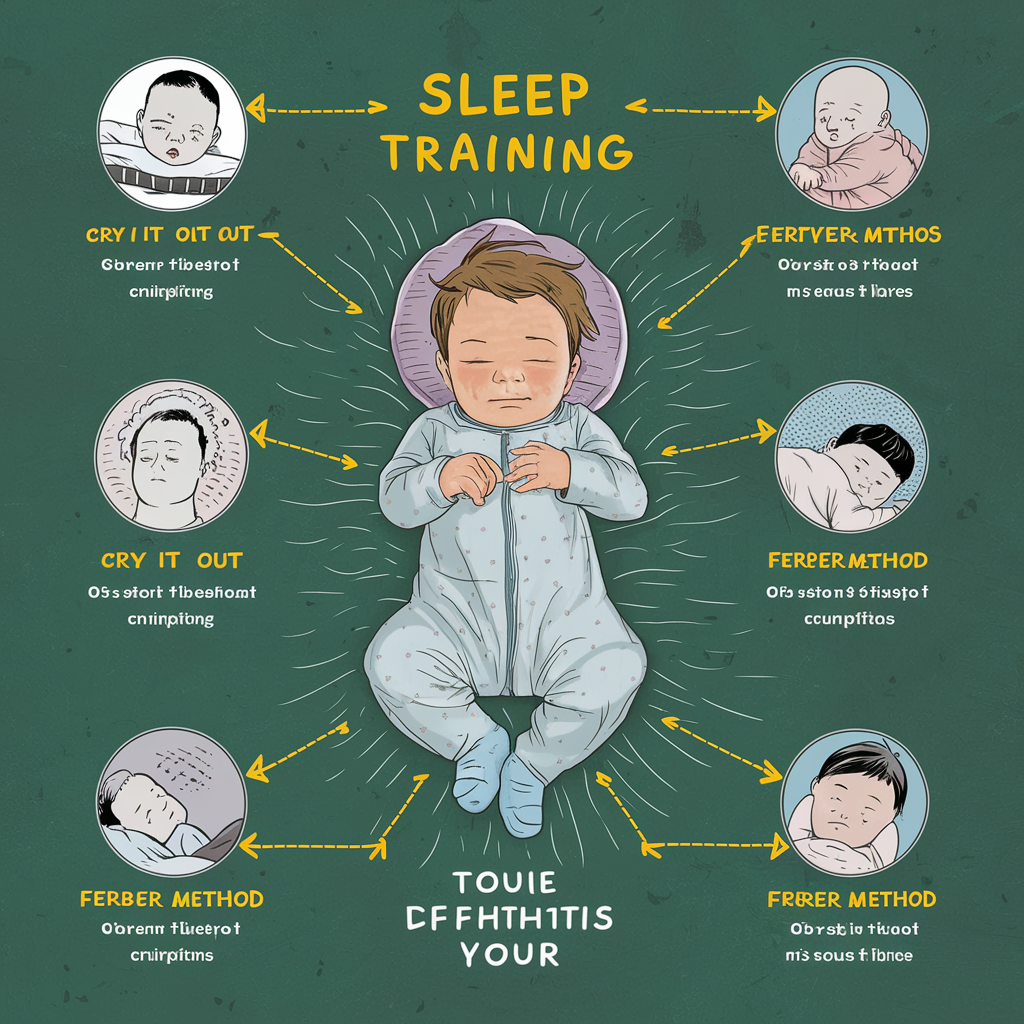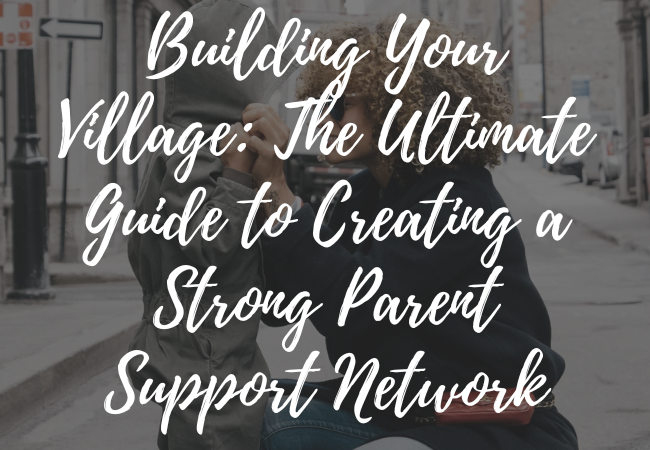Baby Sleep Solutions: Expert Methods for a Restful Night
Discover expert baby sleep solutions in this comprehensive guide. Learn effective methods to ensure your baby enjoys restful nights and peaceful slumber, helping both you and your little one get the sleep you need.
As any new parent knows, getting enough sleep is one of the biggest challenges of having a baby. When your little one isn’t sleeping well, it’s tough for you to get the rest you need too. The good news is there are proven baby sleep solutions that can help everyone catch some much-needed Zs.
In this guide, we’ll cover expert tips and methods for establishing healthy sleep habits, troubleshooting common issues, and getting your baby (and you!) the restorative slumber you all deserve. Get ready for some game-changing advice to overcome your sleep woes.
The Importance of Proper Sleep for Babies

Getting enough quality sleep is crucial for a baby’s growth, development, and overall well-being. Babies spend a significant portion of their early lives sleeping, which is essential for their rapidly developing brains and bodies. However, many parents struggle to establish healthy sleep routines for their little ones, leading to exhaustion and frustration for the entire family.
Understanding Baby Sleep Patterns

Before we delve into baby sleep solutions, it’s essential to understand the typical sleep patterns of infants. Newborns sleep for approximately 16-17 hours a day, but in short bursts of 2-4 hours. As they grow older, their sleep cycles become more consolidated, with longer stretches of nighttime sleep and shorter daytime naps.
Establishing a Consistent Sleep Routine
One of the most effective baby sleep solutions is establishing a consistent sleep routine. A predictable routine helps regulate a baby’s internal clock and promotes better sleep. Here are some tips for creating a soothing bedtime routine:
1. Bath Time:
A warm bath can be a calming experience for babies and help them wind down before bedtime.
2. Massage:
Gentle massages can relax babies and promote better sleep.
3. Bedtime Story:
Reading a bedtime story can be a peaceful way to bond with your baby and signal that it’s time to sleep.
4. Lullabies or White Noise:
Soft lullabies or white noise can create a soothing environment and help babies drift off to sleep.
Creating a Sleep-Friendly Environment

The environment in which your baby sleeps can significantly impact their ability to fall and stay asleep. Here are some tips for creating a sleep-friendly environment:
1. Cool, Dark, and Quiet Room:
Babies sleep best in a cool, dark, and quiet environment. Use blackout curtains or shades to block out external light, and consider using a white noise machine to mask disruptive sounds.
2. Comfortable Bedding:
Ensure that your baby’s crib or bassinet has a firm, flat mattress and breathable sheets. Avoid excessive bedding or soft toys, which can pose a suffocation risk.
3. Safe Sleep Practices:
Always follow safe sleep practices, such as placing your baby on their back to sleep and keeping the sleep area clear of loose blankets, pillows, or bumper pads.
Addressing Sleep Disruptions
Despite your best efforts, there may be times when your baby experiences sleep disruptions. Here are some common sleep disruptions and strategies to address them:
1. Hunger:
If your baby wakes up frequently due to hunger, try offering a dream feed (a late-night feeding before you go to bed) or cluster feeding (frequent feedings in the evening) to help them sleep longer stretches at night.
2. Discomfort:
Check for signs of discomfort, such as a wet diaper, tight clothing, or teething pain. Addressing these issues can help your baby sleep more comfortably.
3. Separation Anxiety:
Some babies may experience separation anxiety, making it difficult for them to fall asleep alone. Gradually introducing self-soothing techniques, such as letting them fuss for a few minutes before comforting them, can help them learn to self-soothe.
Nap Time Tips
Consistent naps are essential for a baby’s overall sleep health and development. Here are some tips for promoting better nap times:
1. Establish a Nap Routine:
Just like bedtime, creating a consistent nap routine can help signal to your baby that it’s time to sleep.
2. Watch for Sleep Cues:
Look for signs that your baby is tired, such as yawning, eye rubbing, or fussiness. Putting them down for a nap before they become overtired can make it easier for them to fall asleep.
3. Create a Nap-Friendly Environment:
Ensure that the nap environment is cool, dark, and quiet, just like the nighttime sleep environment.
Swaddling for Better Sleep
Swaddling is a technique that involves wrapping your baby snugly in a blanket, mimicking the cozy environment of the womb. Swaddling can help calm and soothe babies, making it easier for them to fall and stay asleep. However, it’s essential to follow safe swaddling practices and discontinue swaddling once your baby shows signs of trying to roll over.
Sleep Training Methods

If your baby is having persistent sleep difficulties, you may consider sleep training methods. These methods aim to teach your baby to self-soothe and fall asleep independently. Here are some popular sleep training methods:
1. Cry It Out (CIO):
The CIO method involves allowing your baby to cry for a specific period before responding, gradually increasing the time before responding.
2. Ferber Method:
The Ferber method, also known as graduated extinction, involves letting your baby cry for progressively longer intervals before comforting them, teaching them to self-soothe.
3. No-Cry Sleep Solution:
The no-cry sleep solution involves gradually changing your baby’s sleep associations without letting them cry for extended periods.
It’s essential to research and choose a sleep training method that aligns with your parenting philosophy and that you feel comfortable implementing.
Seeking Professional Help
If you’ve tried various baby sleep solutions and your baby’s sleep issues persist, it may be beneficial to seek professional help. Consider consulting with a pediatrician, sleep specialist, or sleep consultant to identify any underlying issues and develop a personalized sleep plan for your baby.
Conclusion
Establishing healthy sleep habits for your baby can be challenging, but with patience, consistency, and the right strategies, you can help your little one get the restful sleep they need. Remember, every baby is unique, and what works for one may not work for another. It’s essential to be flexible, adapt to your baby’s needs, and seek support when needed. By prioritizing your baby’s sleep, you’re not only promoting their growth and development but also ensuring a well-rested and happier family.
Read our most Popular article –








2 Comments